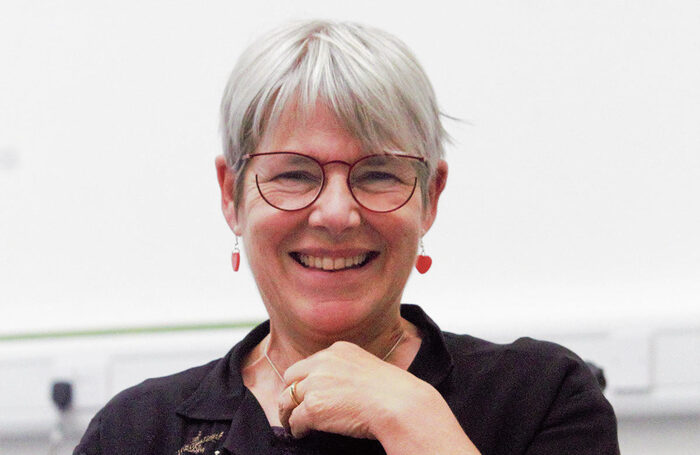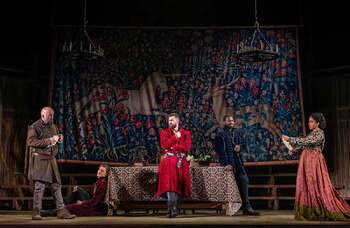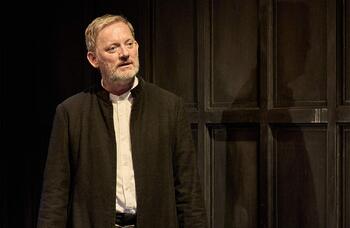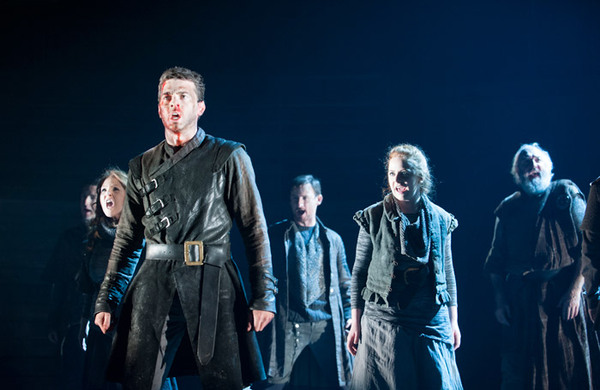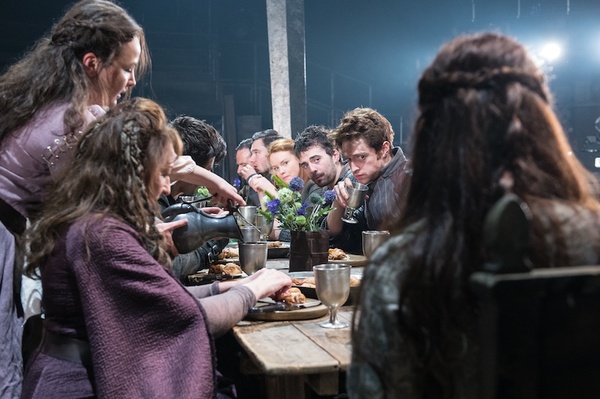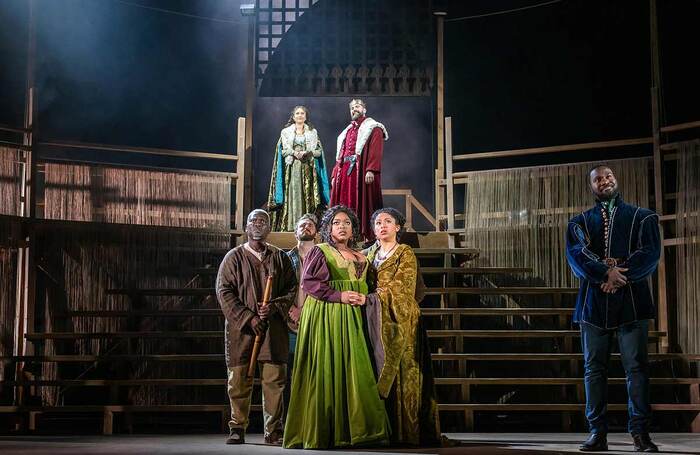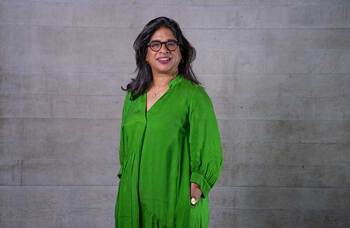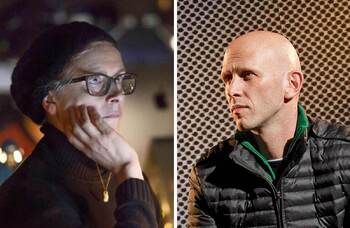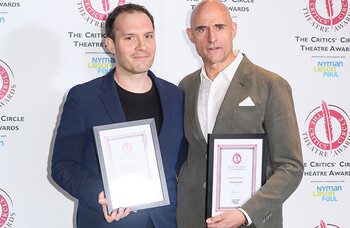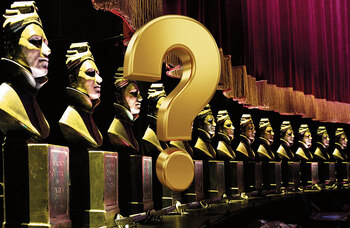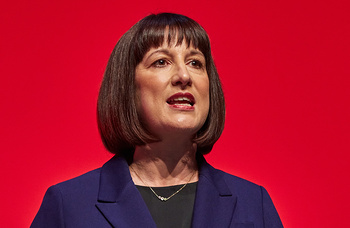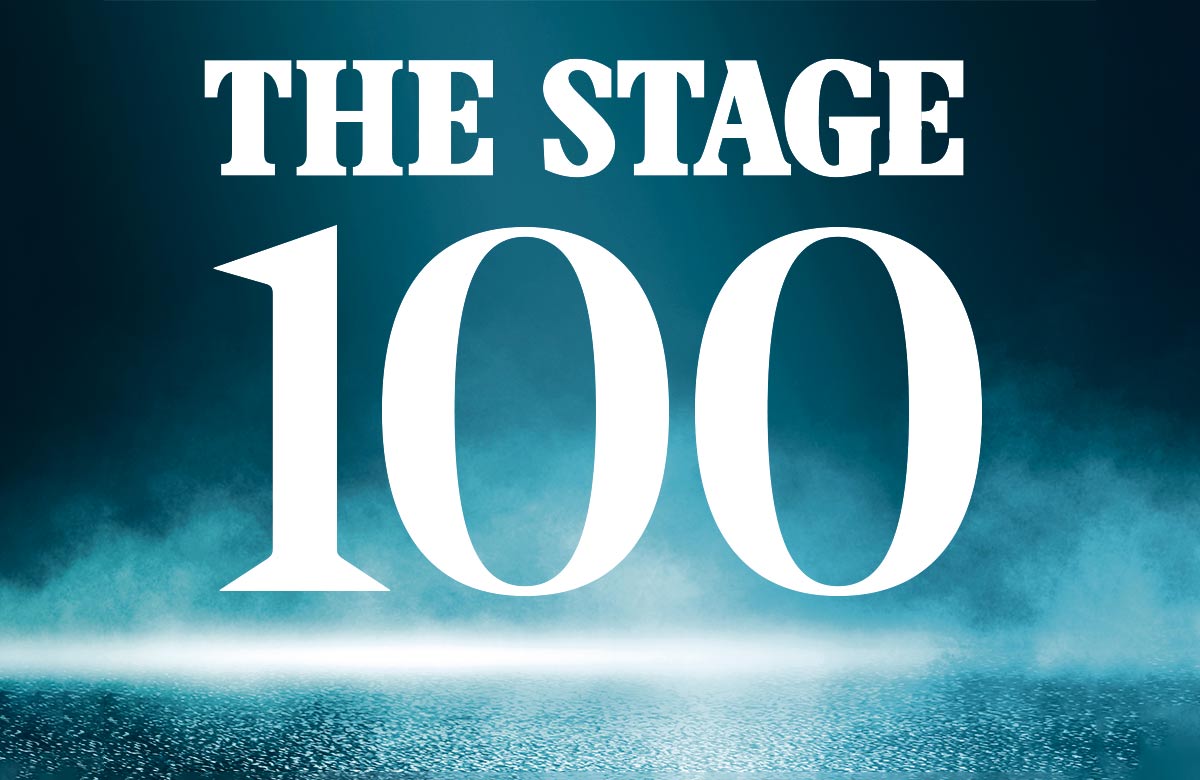Rona Munro: ‘I’ve wanted to be a writer since I was eight’
In the space of six weeks, writer Rona Munro will have had three plays open across the UK. As James IV: Queen of the Fight, the latest in her Scottish history cycle, premieres, she tells Fergus Morgan about the moments that made up her theatre career
It has been a busy few weeks for Rona Munro. In her native Scotland, the writer’s new play James IV: Queen of the Fight is currently on a six-stop tour of theatres, and a revival of her 1990 play Bold Girls recently opened Glasgow’s Cumbernauld Theatre’s new Lanternhouse venue. In London, meanwhile, her play Mary – Mary, Queen of Scots, that is – is about to open on the main stage at Hampstead Theatre.
“It’s nuts, but it’s good,” Munro says, ahead of James IV’s opening night at Edinburgh’s Festival Theatre. “I’m very lucky to be busy. Most of the time I’m down in Selkirk. I’ve got my wee life, my wee flat and my wee dog. I’ll do my yoga. I’ll take the dog for a walk. I’ll write. Then, suddenly,” – she gestures at the theatre around her – “there’s all this.”
Munro, 63, was born in Aberdeen, studied history at Edinburgh University, then started writing plays in the early 1980s. Her four-decade career has included film and TV work – she is the only writer to contribute scripts to both the original and revamped versions of Doctor Who – but she is best known for her plays: Bold Girls; 2002’s Iron; and the 2014 trilogy, James I, James II and James III.
The James Plays, as they are known, were the first three instalments of a Scottish history cycle that is currently continuing with James IV and Mary, and will eventually conclude with James V and James VI. Once complete, it will consist of seven plays about seven Scottish monarchs, stretching from 1406 to 1625.
Munro tries not to think of the cycle as her magnum opus. “That scares me,” she says. “I’ve wanted to be a writer since I was eight,” she continues. “I had an uncle – well, actually, he was a cousin – called Angus MacVicar, who was an incredibly talented and prolific dramatist and writer of all sorts of fiction and memoirs. He was a mentor to me. I think I announced my intention to be a writer when I was eight, and he just said: ‘Well, why not?’”
Continued...
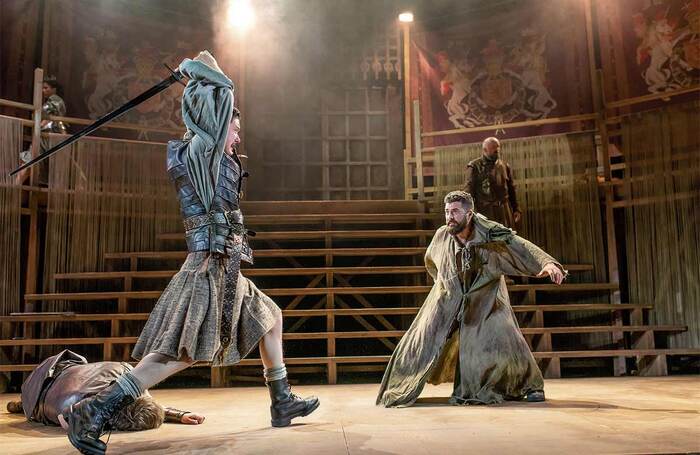
What production made you fall in love with theatre?
I saw John McGrath’s The Cheviot, the Stag and the Black, Black Oil on the telly when I was young. It was in a village hall in a part of the world I knew well. It was so theatrical, and it was so Scottish. Just realising that all those things were possible was really inspiring for me.
What are you finding inspiring at the moment?
Box-set telly. Things like Succession, Severance, Bad Sisters and Better Call Saul. I’ve got all the subscriptions. What I love about it is that it is character drama. It is all these brilliant characters
that make it compelling.
What do you wish you could change about the performing arts?
That’s easy. I wish we could get rid of the idea that you need to be educated and wealthy to be able to understand and attend the theatre, that you have to look a certain way, dress a certain way and talk a certain way before you step foot in the door. Theatre is a popular art form. It always has been.
What story do you really want to tell?
The story of James VI. James I, James II, James III and James IV have had productions. James V is already written, hopefully to be produced next year. Mary comes next, and that will hopefully arrive in Scotland next year, too. That just leaves James VI.
What is the worst thing that has happened to you in theatre?
My play Iron was translated into German by a husband-and-wife team of translators, and she had a name that was difficult to pronounce. I tried to name-check her in a Q&A I did over there, and I just got it horribly wrong, then doubled down and got it horribly wrong again, and again. That was embarrassing.
Continued...
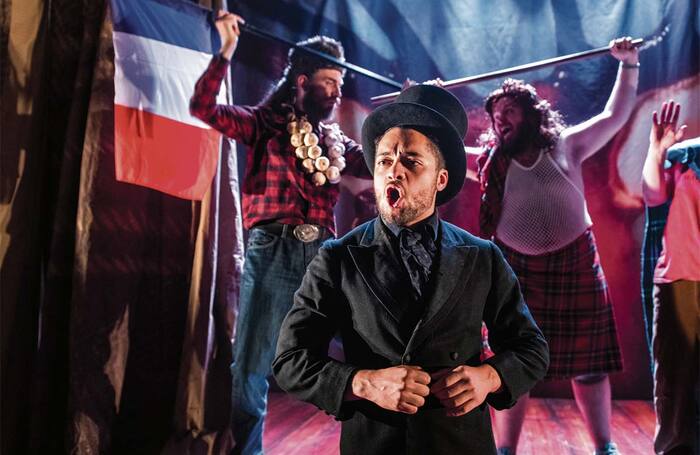
What is the best thing that has happened to you in theatre?
There are two. One is standing outside the Royal Court Theatre, London, with Roxana Silbert, who is directing Mary and who has directed more of my plays than anyone else, and seeing my name lit up in neon when Iron was there in 2003.
The other is the first time we ran James I, James II and James III back-to-back in 2014, in Edinburgh and London. The wave of pride and joy at the end, I’ve honestly never experienced anything else like it.
What projects are you currently involved in?
James IV is currently touring Scotland and Mary opens at Hampstead Theatre on October 21.
James IV looks at how people from outside Scotland integrated into the community here, through the eyes of two Moorish women at court, and Mary looks at how Scottish culture has treated women over the years. Both issues are still very live. That’s the thing about writing plays set in the past. It allows you to write about contemporary events without using clunky metaphors.
Nobody apart from medieval academics know this period of Scottish history, really. It’s not taught in schools, even in Scotland. That was the original impetus for the whole project. I looked at Shakespeare’s history cycles and wondered why Scotland didn’t have an equivalent. I resist the comparisons to Shakespeare’s history cycles, though, because it sounds so big-headed
James IV: Queen of the Fight tours Scotland until November 12; nationaltheatrescotland.com. Mary plays at Hampstead Theatre, London, from October 21-November 26; hampsteadtheatre.com
Opinion
Recommended for you
Opinion
Recommended for you
Most Read
Across The Stage this weekYour subscription helps ensure our journalism can continue
Invest in The Stage today with a subscription starting at just £7.99
